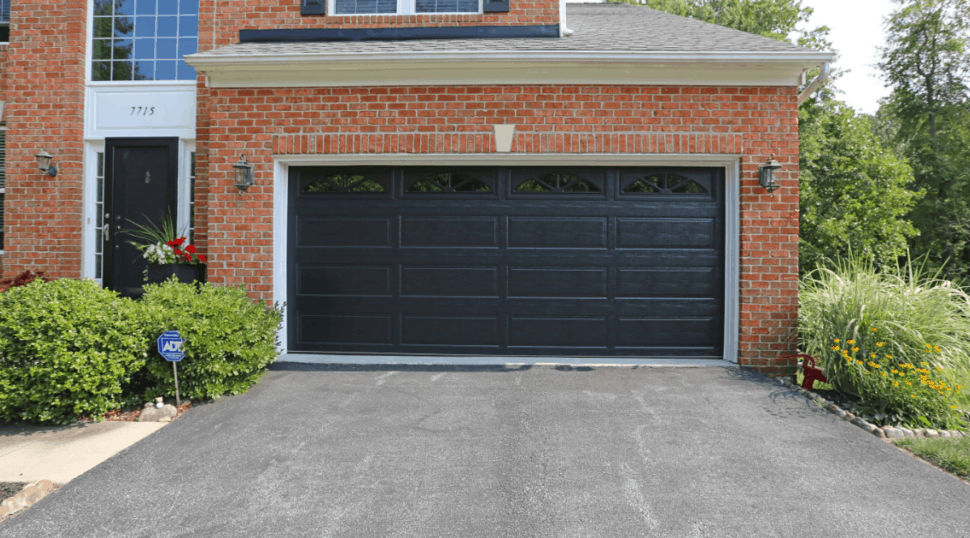When it comes to home improvement, creating a cohesive design theme can be the difference between a house that feels thoughtfully curated and one that feels disjointed. Whether you’re renovating a single room or planning an entire home transformation, establishing consistency in design helps tie spaces together and gives your home a polished, harmonious feel.
Designing with intention is key to avoiding visual clutter and confusion. If you’re interested in contributing insights about home design and renovations, consider submitting a guest post to platforms that specialize in interior trends or remodeling tips. This not only shares your expertise but also allows others to learn from your experience. Let’s explore how you can create a cohesive design theme that flows effortlessly throughout your home.
Start With A Clear Vision
Before picking out paint swatches or shopping for furniture, start by identifying the overarching style you want to achieve. Whether it’s modern farmhouse, industrial chic, minimalist Scandinavian, or traditional classic, having a clear vision helps guide every design decision.
This doesn’t mean every room should look the same, but they should share visual similarities that carry a common narrative. Think of your home as a storybook—each room is a chapter that must feel part of the same story, even if the details vary.
Stick To A Unified Color Palette
One of the easiest and most effective ways to unify your space is through color. Choose a color palette with 3–5 complementary hues that can be used throughout the house. This doesn’t mean painting every wall the same color, but instead incorporating shades from the same palette through accent walls, furniture, textiles, or even artwork.
A consistent color palette creates a sense of flow, especially in open-plan spaces. It allows your eye to travel smoothly from room to room without any jarring transitions.
Repeat Key Elements
Repetition builds visual rhythm. This doesn’t mean using the same lamp in every room, but rather echoing elements like materials, textures, finishes, or shapes. For instance, if your kitchen features brushed brass hardware, consider using brass frames or fixtures in other rooms.
Patterns can also be repeated—like geometric tiles in the bathroom and geometric prints on throw pillows in the living room. This subtle repetition reinforces cohesion while still allowing for individuality in each space.
If you’re passionate about home styling, many websites invite readers to write for us and share design techniques. These platforms welcome unique perspectives on making homes more beautiful and functional.
Consider Flooring And Lighting
Flooring plays a crucial role in how your home’s design reads. While it’s fine to have different flooring types in bathrooms or kitchens for practical reasons, maintaining consistency in wood tones or tile colors helps maintain a seamless look.
Lighting is another unifying element often overlooked. Consistent lighting fixtures—either in material, style, or tone—create continuity. Avoid switching drastically between ultra-modern lights in one space and vintage-inspired fixtures in another unless you’re deliberately creating contrast as part of a curated eclectic style.
Blend Function With Style
Every design decision should balance form and function. A unified design doesn’t mean sacrificing usability. In fact, cohesive homes often feel more comfortable because they reflect thoughtful planning. Choose furniture and decor that reflect your theme but are also suited to the needs of each space.
For example, a minimalist theme may call for clean-lined furniture, but make sure it still offers comfort and practicality for daily use. Don’t overfill rooms with decor just to match a style; intentionality is what keeps a theme cohesive and not overwhelming.
Many homeowners explore ideas by reading expert opinions or consulting guest post service websites that showcase curated content. These sources often share practical insights that inspire cohesive design thinking.
Personalize With Care
The final touch in any cohesive home is personalization. Family photos, heirlooms, artwork, or travel souvenirs are what make your space uniquely yours. To maintain the theme, choose frames, mounts, or display styles that align with your chosen design direction.
Instead of scattering personal touches randomly, incorporate them mindfully—such as creating a gallery wall with consistent framing or placing mementos on a curated shelf.
Final Thoughts
A cohesive home design doesn’t mean uniformity. It’s about connection and intentional flow. By grounding your decisions in a clear vision, repeating core elements, and respecting balance, your home can reflect a strong and stylish narrative. If you’ve found success in designing your space and want to inspire others, look into guest posting opportunities where you can share your transformation tips. Whether you’re a design enthusiast or a seasoned pro, your voice could be the encouragement someone else needs to start their own home improvement journey.





